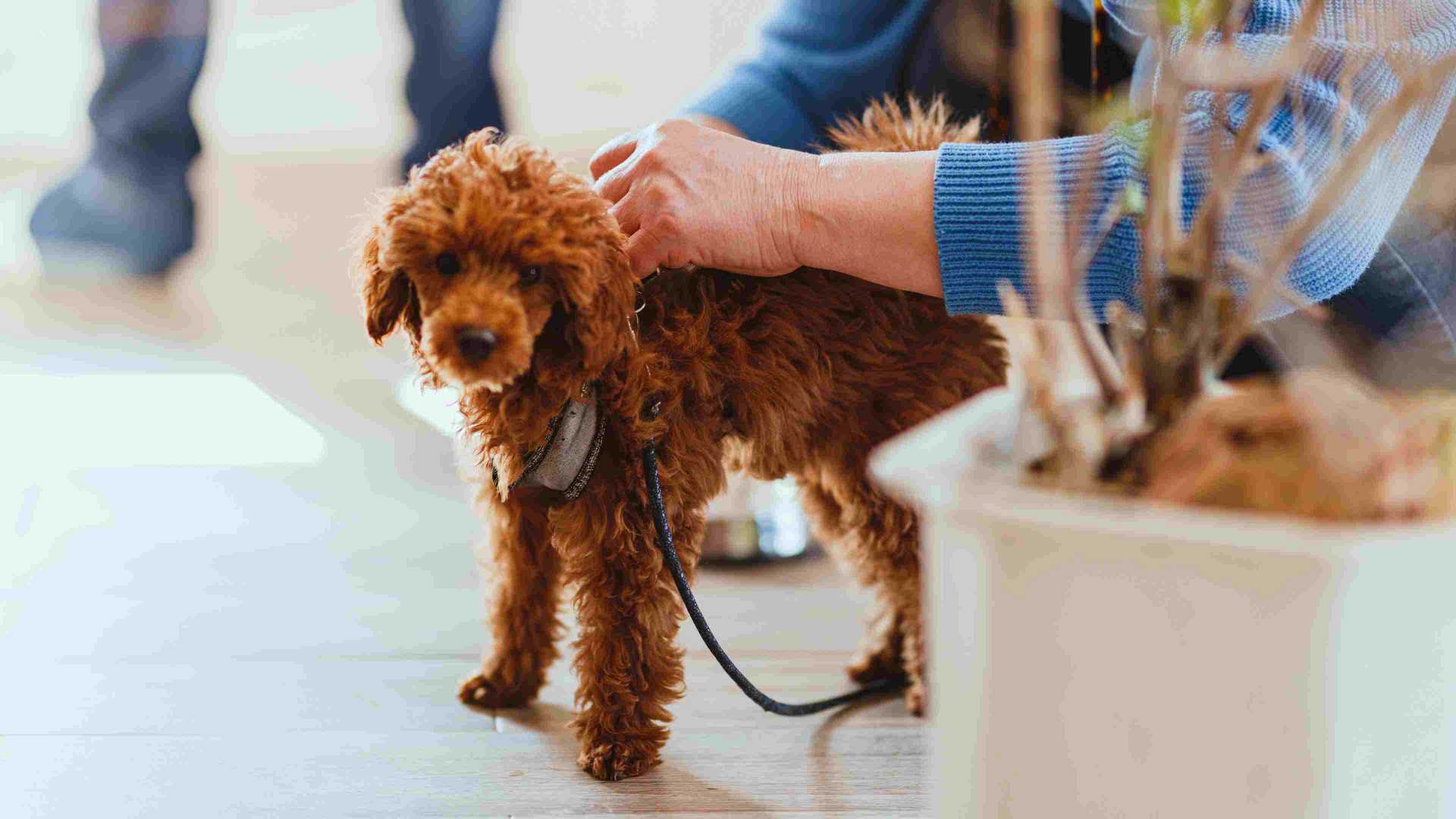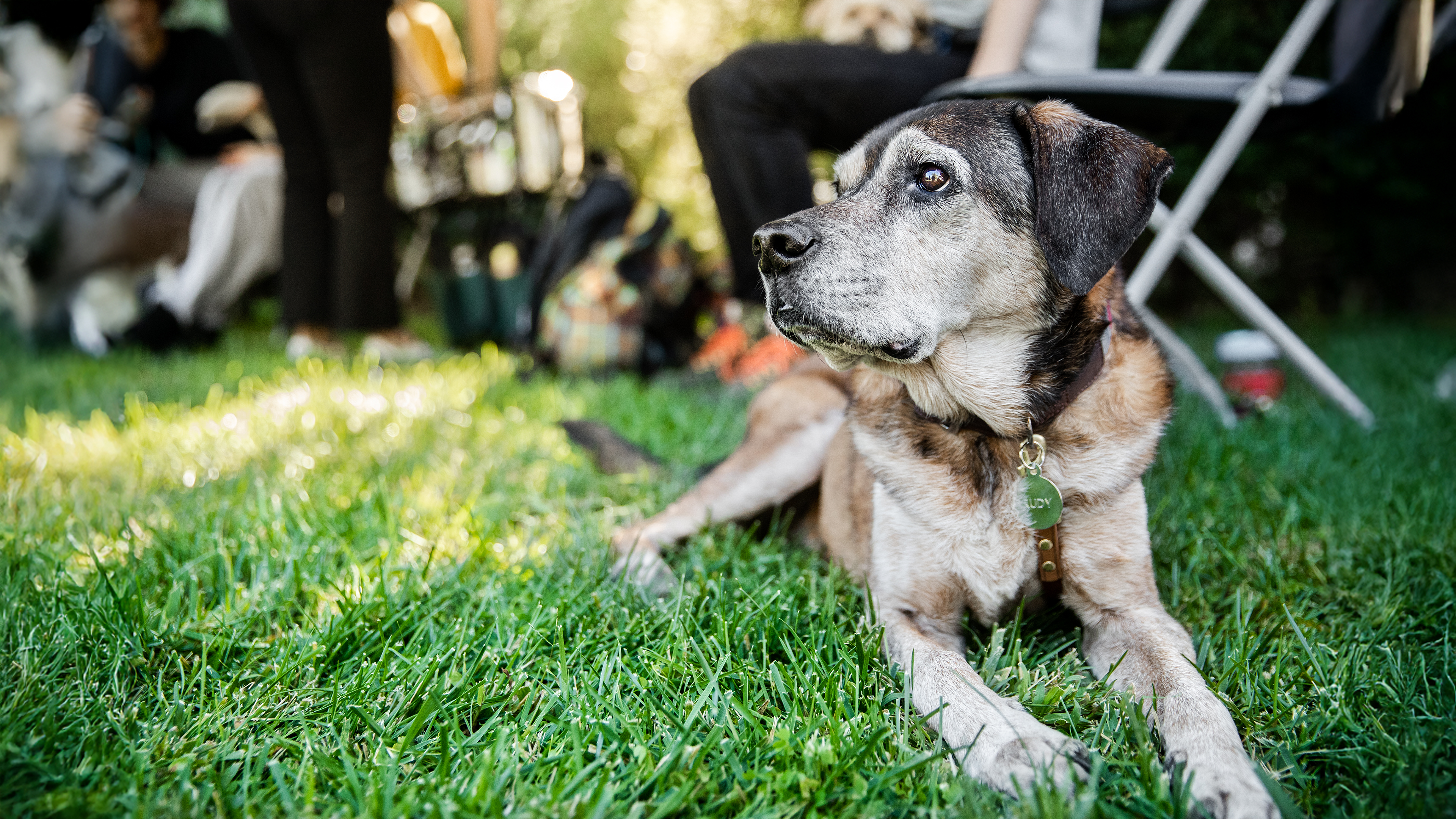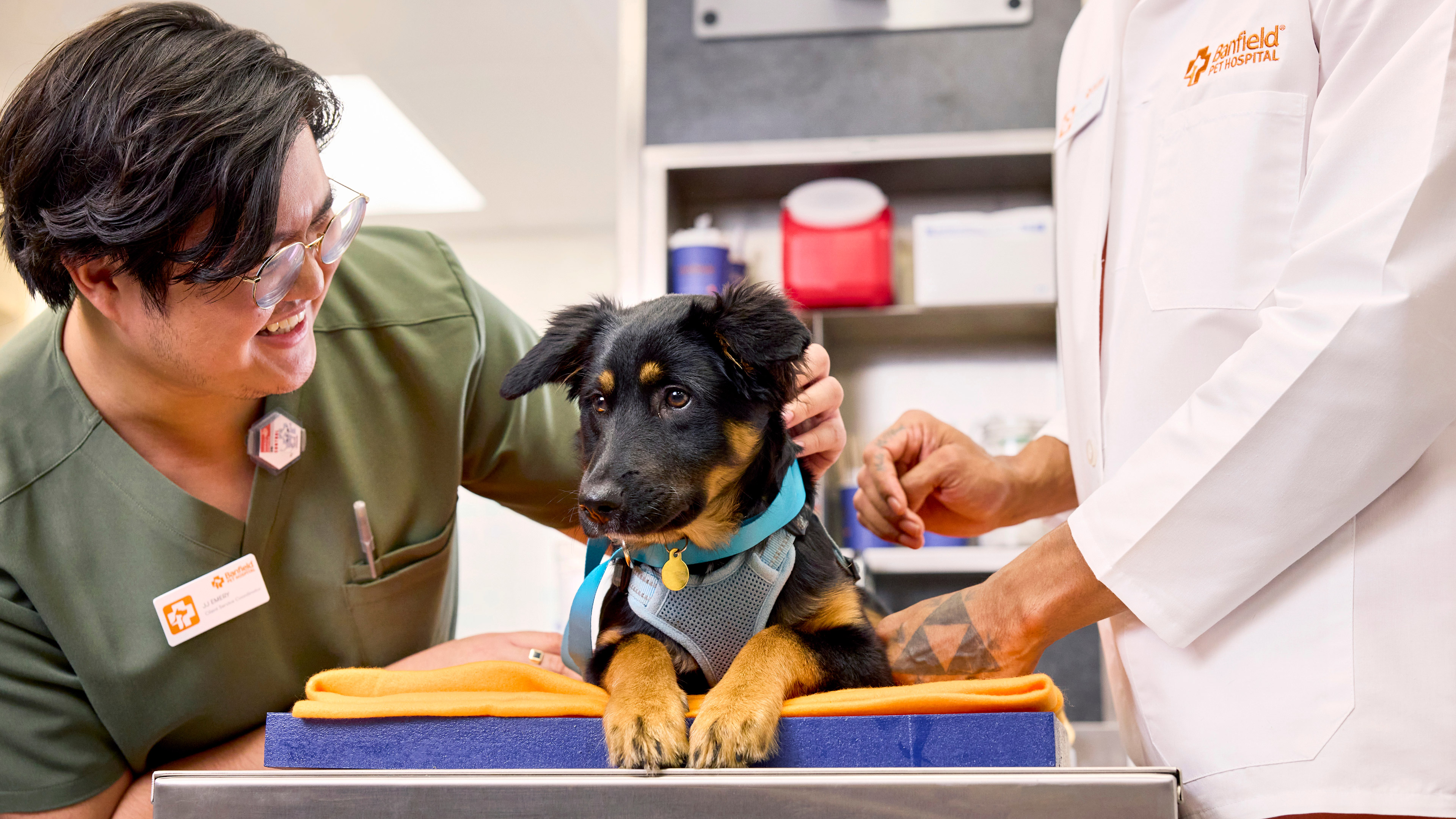collar vs. harness: which one is right for your dog?
But which one is right for your pet?
The differences between a collar and a harness
A collar is a long strap, usually made of nylon or leather, that cinches around the dog’s neck. The collar typically features a metal ring where you can attach a leash, ID tag, rabies tag, and any bling that proves your dog is the fanciest canine in the neighborhood. Metal chain choke and pinch collars also exist, but we don’t recommend these.A harness is comprised of several straps that wrap around your dog’s upper body, specifically above the shoulder blades and around the breast bone and chest. Similar to a collar, the harness sports a metal ring where a leash can be connected.
The pros and cons of a collar
Unlike harnesses, collars are typically easier to put on. Most pet owners leave collars on all the time and dogs barely notice them—that is unless they’re pullers. This is where collars can get tricky. If your dog is the sort that yanks every which way while walking, a collar can potentially cause health issues related to their neck and breathing.The pros and cons of a harness
Unlike a collar where the pressure solely occurs around the neck, a harness distributes pressure around the upper part of the dog’s body. A harness also makes it trickier for your dog to slip out since it’s wrapped around more surface area. There are a couple of potential downsides to harnesses though. Simply put—some dogs just don’t like the restrictive nature of them and they’re not always great for training. In addition, most harnesses are not designed to be left on all the time. They need to be taken off when your pet is resting so they don’t cause sores or build up dirt and loose fur.An alternative to consider
There’s a third option you’ve maybe seen in stores or out on the sidewalk—a training collar. A training collar looks like a horse bridle and goes around the dog’s head. It’s primarily used as a training tool and shouldn’t be left on your dog when you aren’t walking them; however, a training collar can be a great option when you’re teaching your dog how to walk properly. (And some pet owners like them in general.)Which one should you pick?
Only you—and your vet—know what’s best for your pet. If your dog has certain health issues, particularly related to their respiratory system, you should talk to your vet before purchasing a collar or harness. If your pet is enrolled on one of our Optimum Wellness Plans®, this is a great question to ask during your next Virtual Visit or Vet Chat™ conversation.Happy walking!
 Mites and mange
Mites and mange Podcast - Not Just Fluff
Podcast - Not Just Fluff











